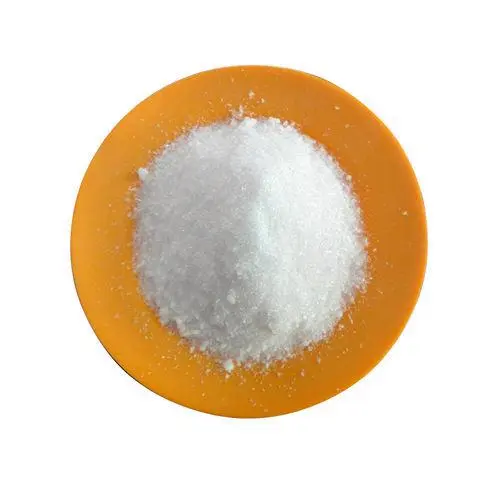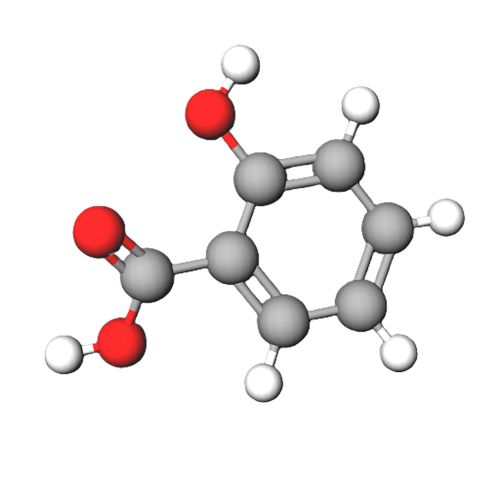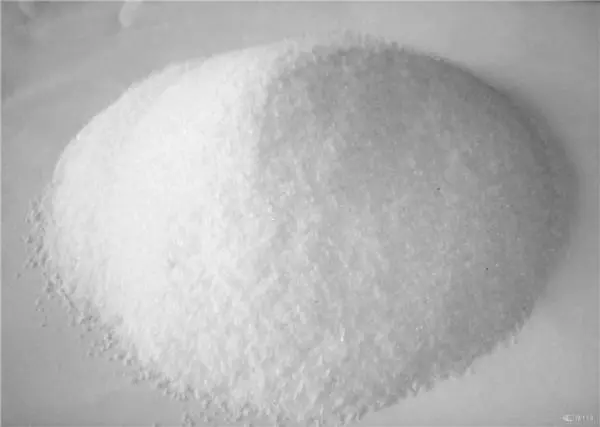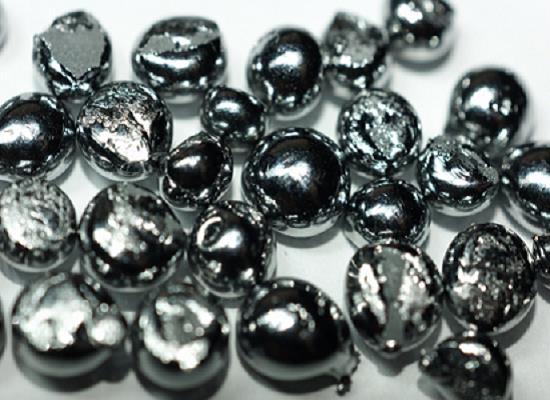Active Pharmaceutical Ingredients (API), popularly speaking, are the raw materials of medicines, only pharmaceutical raw materials are processed into pharmaceutical preparations , can they become medicines available for clinical use, so drugs we usually eat are the finished drugs through processing. Active Pharmaceutical Ingredients based on its sources can be divided into two major categories ,including chemical synthetic drugs and natural chemical drugs. Chemical synthetic drugs can be divided into organic synthetic drugs and inorganic synthetic drugs. Inorganic synthetic drugs are inorganic compounds ( very few is element), such as aluminum hydroxide, magnesium trisilicate which are used for the treatment of gastric and duodenal ulcers ; organic synthetic drugs are mainly composed of drugs made by basic organic chemical raw materials, through a series of organic chemical reactions (such as aspirin, chloramphenicol, caffeine, etc.). Natural chemical drugs ,based on its sources,can be divided into two categories including biochemical drugs and plant chemical drugs. Antibiotics are generally made by the microbial fermentation, which belongs to the biochemistry category. A variety of semi-synthetic antibiotics occurs in recent years,which are biosynthesis and chemical synthesis combining products.Among active Pharmaceutical Ingredients, the organic synthetic drugs varieties, yields and values have the largest proportion,which are the main pillars of the chemical and pharmaceutical industries. The quality of active Pharmaceutical Ingredients decides whether the formulation is good or bad , so its quality standards are very strict ,countries in the world have developed national pharmacopoeia standards and strict quality control methods for its widely used active Pharmaceutical ingredients.
Exploring the Biological Activities of p-Coumaric Acid: A Powerful Compound from Dietary Sources
p-Coumaric acid is a compound found in plants and mushrooms and exhibits significant antioxidant and anticancer activities.
Dec 28,2023 APIWhat is trisodium phosphate used for?
Trisodium phosphate can be used in photographic developers and detergents; also used to clarify sugar, remove boiler scale, soften water, make paper, and tan leather.
Dec 27,2023 APIThe Polar and Non-polar Characteristics in the Structure of Salicylic Acid
Salicylic acid has two polar regions, a carboxyl group and a hydroxyl group, but also has a non-polar 6 carbon hydrocarbon, which affect its boiling point and water solubility.
Dec 27,2023 APIWhat is Sodium hyaluronate used for?
Sodium hyaluronate (NaHA) is a derivative of hyaluronic acid. It has a wide range of uses in medicine, skin care and cosmetics. skin care and cosmetics.
Dec 27,2023 APIRhodium: Versatile Metal with Applications in Biology, Industry, and Safety Considerations
Rhodium finds versatile applications in industries due to its corrosion resistance and biological attributes. Safety precautions are necessary due to respiratory sensitization and fire hazards.
Dec 27,2023 APIRuthenium Complexes: Promising Photosensitizers for Medical Applications Beyond Cancer Treatment
Ruthenium complexes have unique properties, making them attractive for biotechnology. Ongoing research aims to expand their applications beyond cancer treatment.
Dec 27,2023 APIPoly(methylhydrosiloxane): A Versatile Silicone Oil with Applications in Chemical Synthesis
Poly(methylhydrosiloxane) is a versatile silicone oil used in waterproof coatings, organic synthesis, catalysis, and protective applications in biomedical and electronic fields.
Dec 27,2023 APIThe Applications and Safety Considerations of 2-Butene-1,4-diol in Various Industries
2-Butene-1,4-diol is a versatile compound with moderate hydrophilicity used in alkyd resins, plasticizers, nylon, and pharmaceuticals. However, it can be harmful, causing irritation.
Dec 27,2023 APINew Study Reveals Genetic Polymorphisms Affecting Metformin Efficacy
Metformin's pharmacokinetics involve active cellular uptake through transporters. Genetic polymorphisms in cation transporters influence its effectiveness and clearance.
Dec 27,2023 APIThe synthesis method of Fostamatinib
Fostamatinib is an inhibitor of spleen tyrosine kinase (SYK), a key regulator of signal transduction pathways involved in various autoimmune diseases.
Dec 26,2023 API












